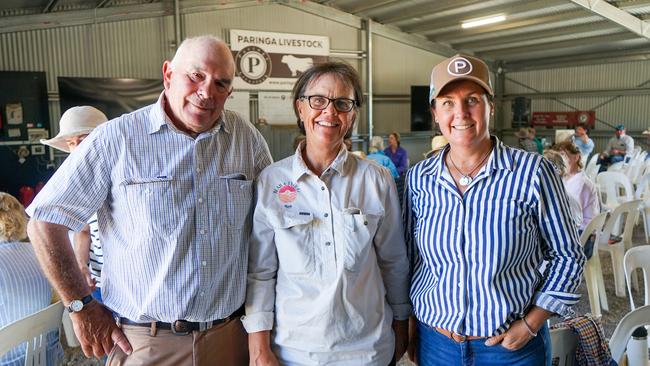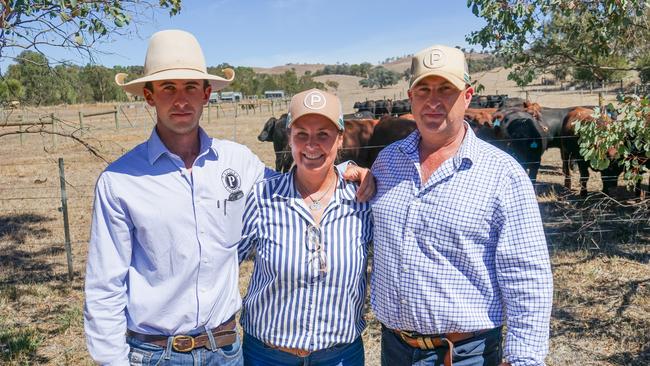Farmers flock to better understand natural capital and sustainable grazing
Investing in natural capital will be a clear focus for many farmers, as 140 livestock producers search for new ways to maximise their efficiency.
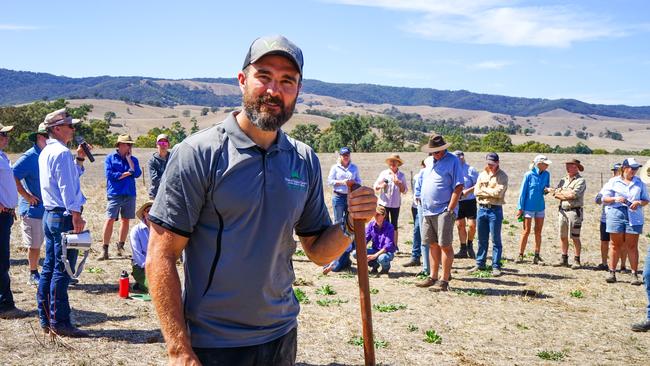
Investing in natural capital will be a clear focus for many farmers, as 140 livestock producers search for new ways to maximise their efficiency.
Farmers flocked to Paringa Livestock Genetics at Murrindindi on Friday to better understand natural capital and sustainable grazing.
East Tamworth farmer and Audacious Agriculture co-founder Stuart Austin said the event was crucial to understanding how to implement on-farm changes.
Natural capital meant natural resources to benefit farming enterprises including soils, native vegetation, pasture and croplands, water resources and more.
“Everyone has a unique piece of natural capital that they manage,” Mr Austin said.
“A particular practice might not be suited to you, but the principles behind it are.”
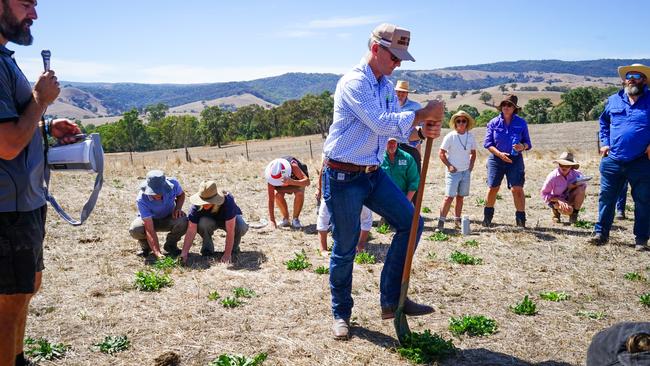
Mr Austin said it was critical for farmers to focus on natural capital with shareholder pressure, and being part of a public sphere with governments, banks and supply chains.
“While we (farmers) are being seen as the devil and as perpetuating climate change, it’s important to remember that we’re actually doing significant public work by contributing to reversing change in livestock,” he said.
“It has an impact on us because we manage so much of the Australian landscape and so much of the natural capital in Australia is under our feet.”
Imogen Semmler, from Farming for the Future, said investing in natural capital could lead to up to 2.5 per cent improved efficiency, and a profitability increase of about $100/ha annually.
She said it would increase business resilience and boost woodland bird and plant species, with a pilot La Trobe University study to be delivered.
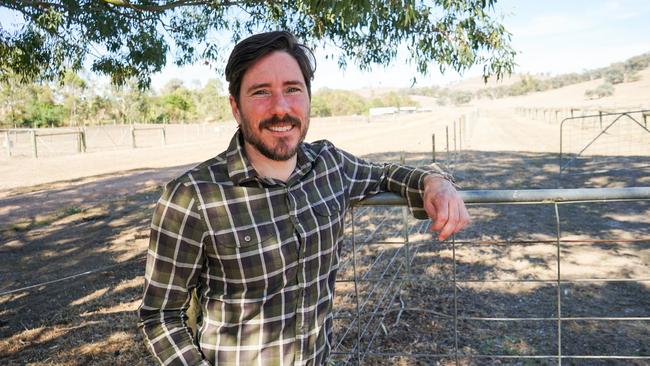
Integrated Soils educator Joel Williams focused on soil as a living ecosystem, and its capacity to function and sustain plants, animals and people.
He said multispecies plants in grazing paddocks led to more diverse root systems and available nutrients for livestock.
Mr Williams said studies showed removing livestock led to unhealthier pastures and soil, while other studies showed the benefits of using different species.
“Different plants have different variants on how they handle different stressors, like dry,” he said.
“In the early stages of drought, you can see (certain plants) are effective at holding on.”
Meanwhile, Pine Grove sixth-generation farmer Grant Sims said he farmed clay, flat, and very sodic soils with 300 Angus breeders. He moved to multispecies pastures in 435mm annual rain to better capture moisture.
“We have flood or drought and that’s the degradation of our subsoils, the inability to capture moisture,” he said.
He said worms were a strong indicator of good soil health, which he aimed to achieve in his soils.
“Microbes give you more resilience,” he said.
Mr Sims said his changes meant 2-3 times improved weight gain, and he regularly topped his Yea store sale.
“(Cattle are) walking, composting, fermenting machines,” he said.
Mr Sims recommended farmers researched weed species in their paddocks and chose a more-beneficial species from the weed family for replacement.
More Coverage
